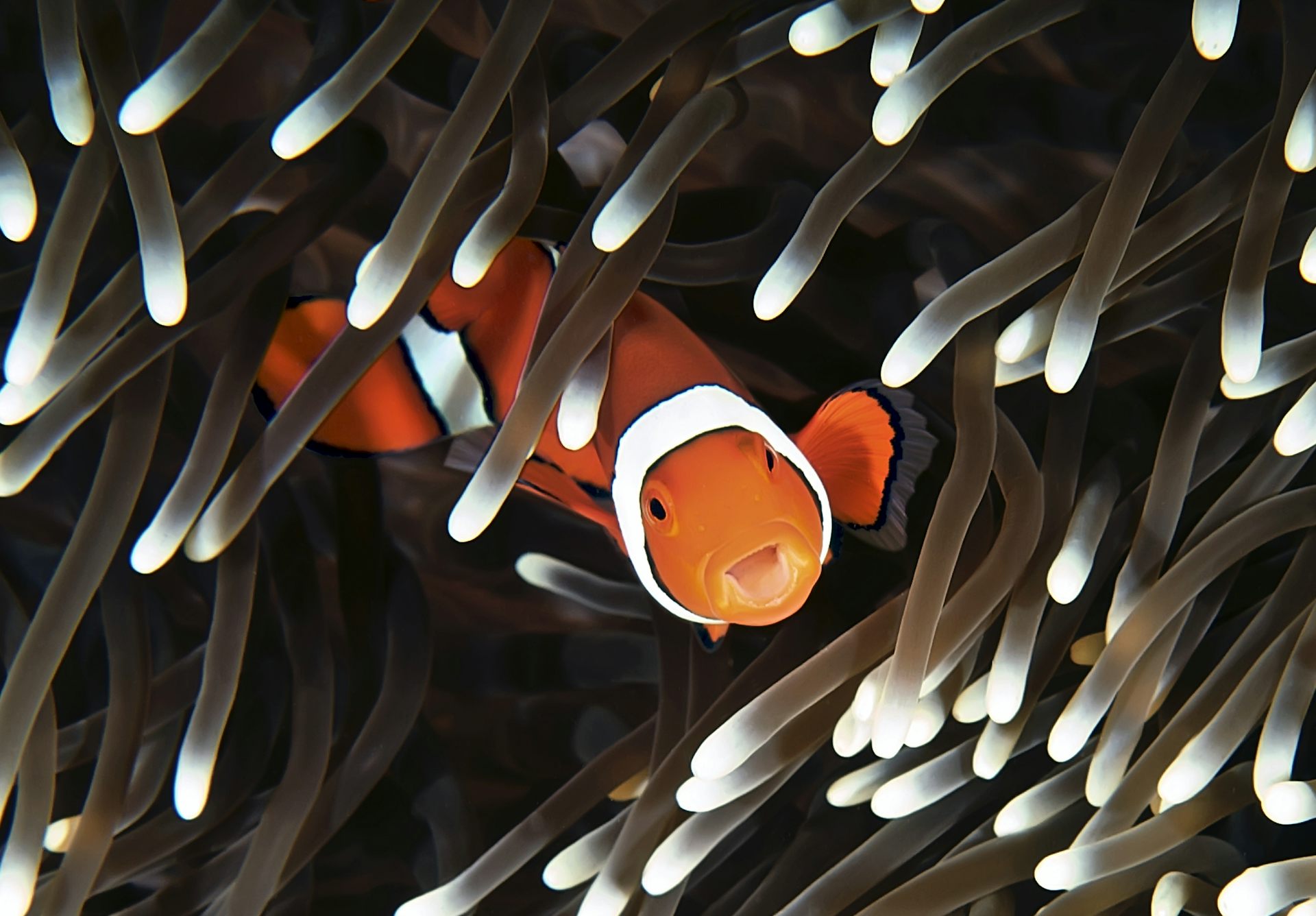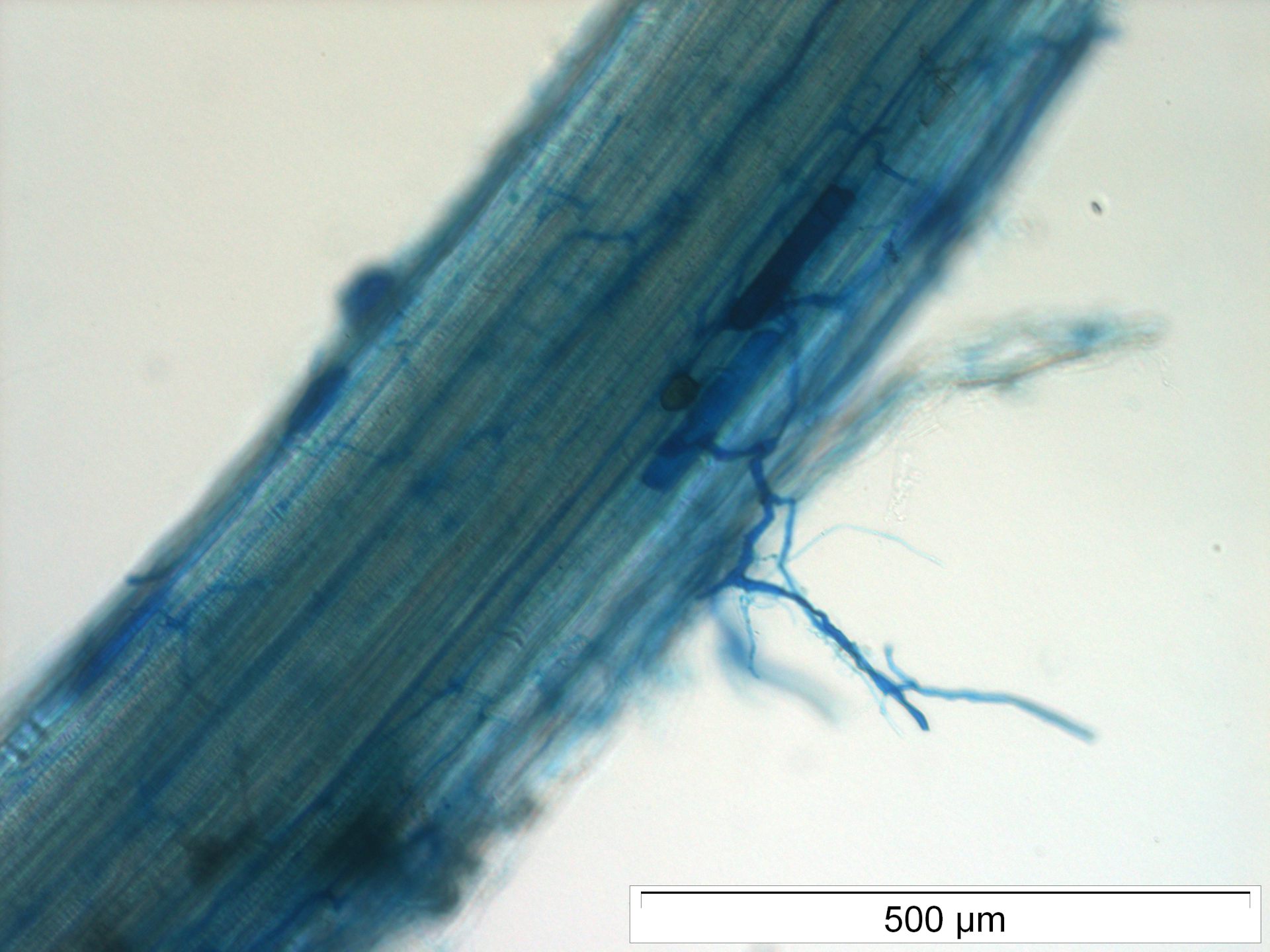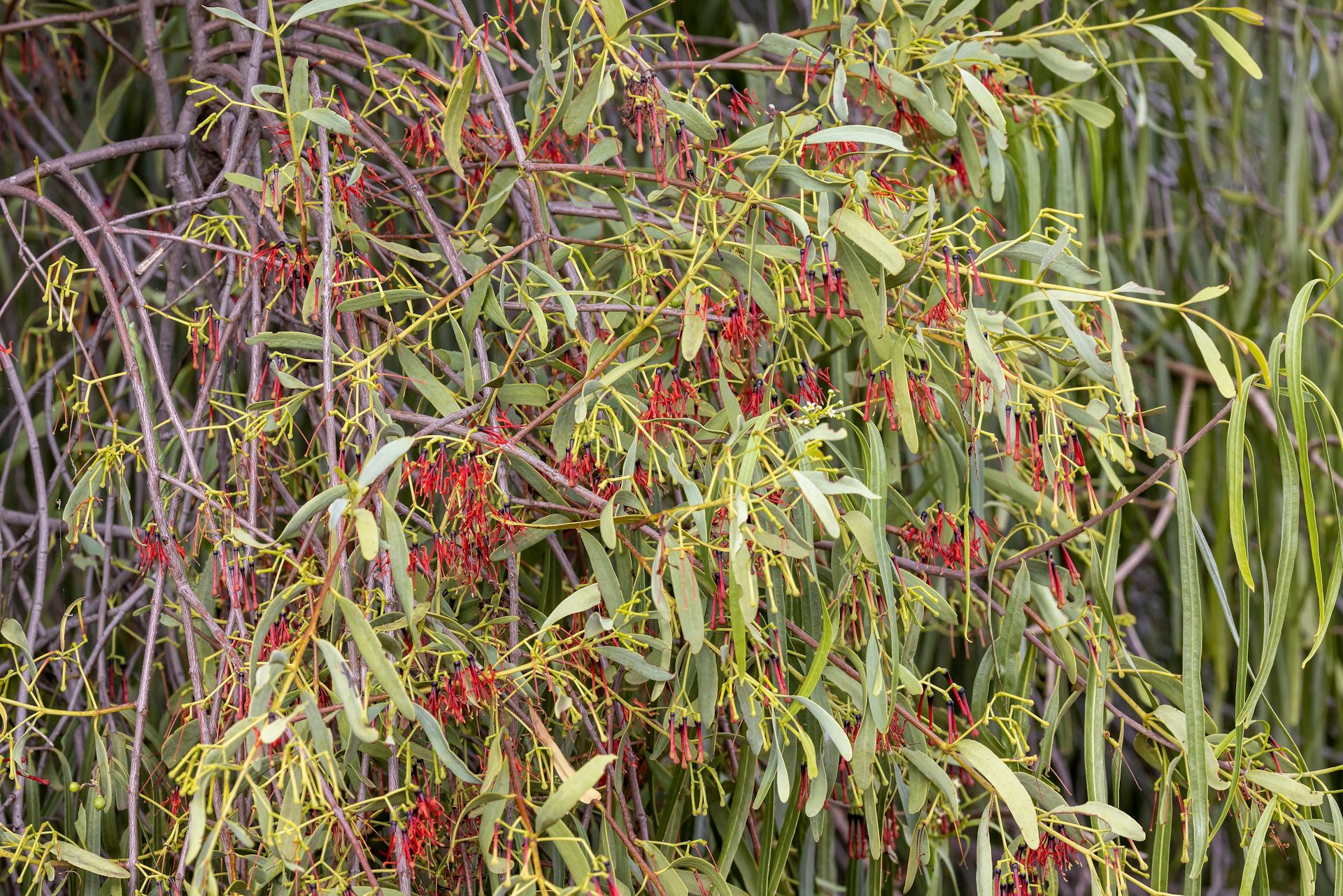Species living closely together in symbiosis is far older and way more common than you might think
Biologically, symbiotic relationships are alliances of genes that give the lie to creationist claims that 'selfish' genes are genes for selfishness. In fact, if it's in the interests of genes, and it usually is, genes form alliances that put the two species in the partnership on an evolutionary trajectory in which both species benefit from the evolution of one or the other in a process known as co-evolution.
When you understand this, you can find examples almost everywhere you look - think how many wild jungle fowl there would be today if they hadn't formed an alliance with humans to become the commonest bird on Earth - the domestic hen. The same goes for sheep, pigs, cattle, horses, cats and dogs. The 'selfish' genes are of course, unconcerned about the ultimate fate of their carriers, hence the term 'selfish'; the only thing that matters is how many of them there are in the world, and there are unarguably now more human and more of our domestic animals’ genes in the world than when they were wild animals and we were hunter-gatherers.
And, when you look inside a complex cell, you see more examples of symbiosis - several cell organelles such as mitochondria and (in plants) chloroplasts, are really bacteria in symbiotic association with the cell.
Our gut microbes, and the often-unique gut microbes of other species such as cockroaches, are locked in a symbiotic co-evolution from which neither can escape because to do so would lose the benefit of mutuality.
In the following article, reprinted from The Conversation under a Creative Commons licence, Gregory Moore, Senior Research Associate, School of Ecosystem and Forest Sciences, The University of Melbourne, explains how symbiotic relationships are commonplace in nature and have shaped evolution. His article has been reformatted for stylistic consistency:

Species living closely together in symbiosis is far older and way more common than you might think
Lichen, the first described example of symbiosis.
Gregory Moore, The University of MelbourneOnce known only to those studying biology, the word symbiosis is now widely used. Symbiosis is the intimate relationship of different species living together. It’s much more common and older than many of us might realise.
One of the most common symbiotic relationships is between various species of algae and fungi, or between cyanobacteria (commonly known as blue-green algae though it’s not algae) and fungi. These paired species take the form of lichens.
The term symbiosis was first used in the 19th century to describe the lichen relationship, which was thought to be highly unusual. Since then, we’ve discovered symbiosis is the norm, rather than the exception. In fact, it has shaped the evolution of most life on Earth.

Clownfish and anemones have one of the best-known symbiotic relationships between animals.
Lichens are diverse. They grow on tree trunks, on roof tiles and on ancient rocks.
The symbiosis of two different species allows both to survive in environments they might not be able to colonise otherwise. The fungus provides a suitable environment for its partnering species of algae or cyanobacteria to grow – it might otherwise be too exposed or dry, for example. In return, the fungus gets to share some of the carbohydrates produced by photosynthesis.
This is an example where both partners benefit from their relationship. It’s called mutualistic symbiosis.
Lichens are often very good indicators of air quality and more general ecosystem health. Their absence can indicate poor air quality. Because they absorb air pollutants such as heavy metals they can be used as biomonitors.
In another very common example of mutualistic symbiosis, most plant species live in a close relationship with fungi in the soil. It’s known as a mycorrhizal association.
The plants harness the energy in sunlight to make sugar from water and carbon dioxide in the process called photosynthesis. The plants share this food with the fungus, which relies on them for survival. In return, the fine threads of the fungus greatly increase the surface area of the plant roots for absorbing water and nutrients.

A microscopic view of a rice plant root showing the threads of a mycorrhizal fungus.
Not all symbiotic relationships benefit both partners.
In parasitic symbiosis, one partner benefits at the expense of the other. Examples include the fungi Phytophthora, Fusarium and Armilleria, which often kill their plant hosts.
In cases of commensalism, one organism benefits and the other neither gains nor loses. Small birds, for example, sometimes perch on large herbivores, eating insects disturbed by the larger animals.
As in any relationship, it’s possible things can change over time. For example, a mutualistic symbiosis between a tree and its mycorrhizal fungus might change to parasitism as the tree ages and declines, or if environmental conditions change.

The relationship between mistletoe and its host plant can be complex and change with the conditions.
Symbiosis has played a huge role in the evolution of life. The cells that make up the bodies of animals and plants are the result of symbiotic relationships.
Cells are complex. They contain structures called organelles, such as the nucleus (the control centre of the cell) and mitochondrion (involved in cellular respiration, which uses oxygen to break down food molecules to make energy available). Plant cells also contain chloroplasts, the sites of photosynthesis.
These complex cells evolved from much simpler, ancient forms of life that came together symbiotically.
The organelles of complex cells were once single-celled life forms that survived being engulfed by other simple cells. They formed a more complex and efficient cell, which has become the basic cell type for large multicellular life forms.
All large multi-cellular organisms living on Earth – animal and plant – possess this type of cell. It’s proof of how successful this evolutionary symbiotic strategy has been.
Cell respiration in both plant and animal cells involves mitochondria, which indicates they were engulfed early in evolutionary history. Later a cell type already containing mitochondria engulfed the chloroplast. This led to the evolution of complex plants.
When two become one
The incorporation of one cell type into another is called endosymbiosis. It allowed cells and parts of cells to become highly specialised. This specialisation improved their efficiency and capacity to survive under a wider range of conditions.
When I was a postgraduate botany student in the late ’70s, colleagues one day brought samples of common sea lettuce, Ulva latuca, to the laboratory, where I was studying photosynthetic physiology. Sea lettuce is a seaweed found in many shallow waters around the Australian coast.
We noticed a little marine slug grazing on the plant, so we popped it into our system for studying photosynthesis. To our surprise the slug was photosynthesising! We discovered the slug partly digested the sea lettuce cells, but some chloroplasts passed through the lining of the slug’s gut and continued to photosynthesise.
We thought we had made an important discovery, only to learn others had published similar work. After that I never doubted the validity of endosymbiosis, which was still a controversial theory at the time.

Chloroplasts can continue photosynthesising inside the body of sea slugs that absorb them when grazing on algae.
We now know symbiosis is the norm for most organisms, including humans.
Our gut flora represent symbiosis on a massive scale. The diversity and huge numbers of bacteria living happily in our gut can have a huge impact on our general health and wellbeing. In the case of a healthy gut, both the person and the bacteria do well out of the relationship: a nice example of mutualistic symbiosis.
COVID focused public attention on viruses. But not all viruses are harmful; many actually benefit the organisms they infect. Some viruses even protect us from disease-causing viruses. For example, in people who are HIV-positive the disease progresses more slowly in those who are also infected with GB virus C (GBV-C).
Humans evolved with their microbiomes – like genes, your gut microbes pass from one generation to the nexthttps://t.co/HaVA3VsrwY pic.twitter.com/bh3XTXnwlJ
— Damn Interesting (@DamnInteresting) September 16, 2022
An organism must live within a complex set of relationships to survive and thrive in any environment. Some relationships will be more positive than others, but it should not surprise that mutualistic symbiosis is so often the key to success.
Gregory Moore, Senior Research Associate, School of Ecosystem and Forest Sciences, The University of Melbourne
This article is republished from The Conversation under a Creative Commons license. Read the original article.
What Makes You So Special? From The Big Bang To You
How did you come to be here, now? This books takes you from the Big Bang to the evolution of modern humans and the history of human cultures, showing that science is an adventure of discovery and a source of limitless wonder, giving us richer and more rewarding appreciation of the phenomenal privilege of merely being alive and able to begin to understand it all.
Available in Hardcover, Paperback or ebook for Kindle
Ten Reasons To Lose Faith: And Why You Are Better Off Without It
This book explains why faith is a fallacy and serves no useful purpose other than providing an excuse for pretending to know things that are unknown. It also explains how losing faith liberates former sufferers from fear, delusion and the control of others, freeing them to see the world in a different light, to recognise the injustices that religions cause and to accept people for who they are, not which group they happened to be born in. A society based on atheist, Humanist principles would be a less divided, more inclusive, more peaceful society and one more appreciative of the one opportunity that life gives us to enjoy and wonder at the world we live in.
Available in Hardcover, Paperback or ebook for Kindle







No comments :
Post a Comment
Obscene, threatening or obnoxious messages, preaching, abuse and spam will be removed, as will anything by known Internet trolls and stalkers, by known sock-puppet accounts and anything not connected with the post,
A claim made without evidence can be dismissed without evidence. Remember: your opinion is not an established fact unless corroborated.